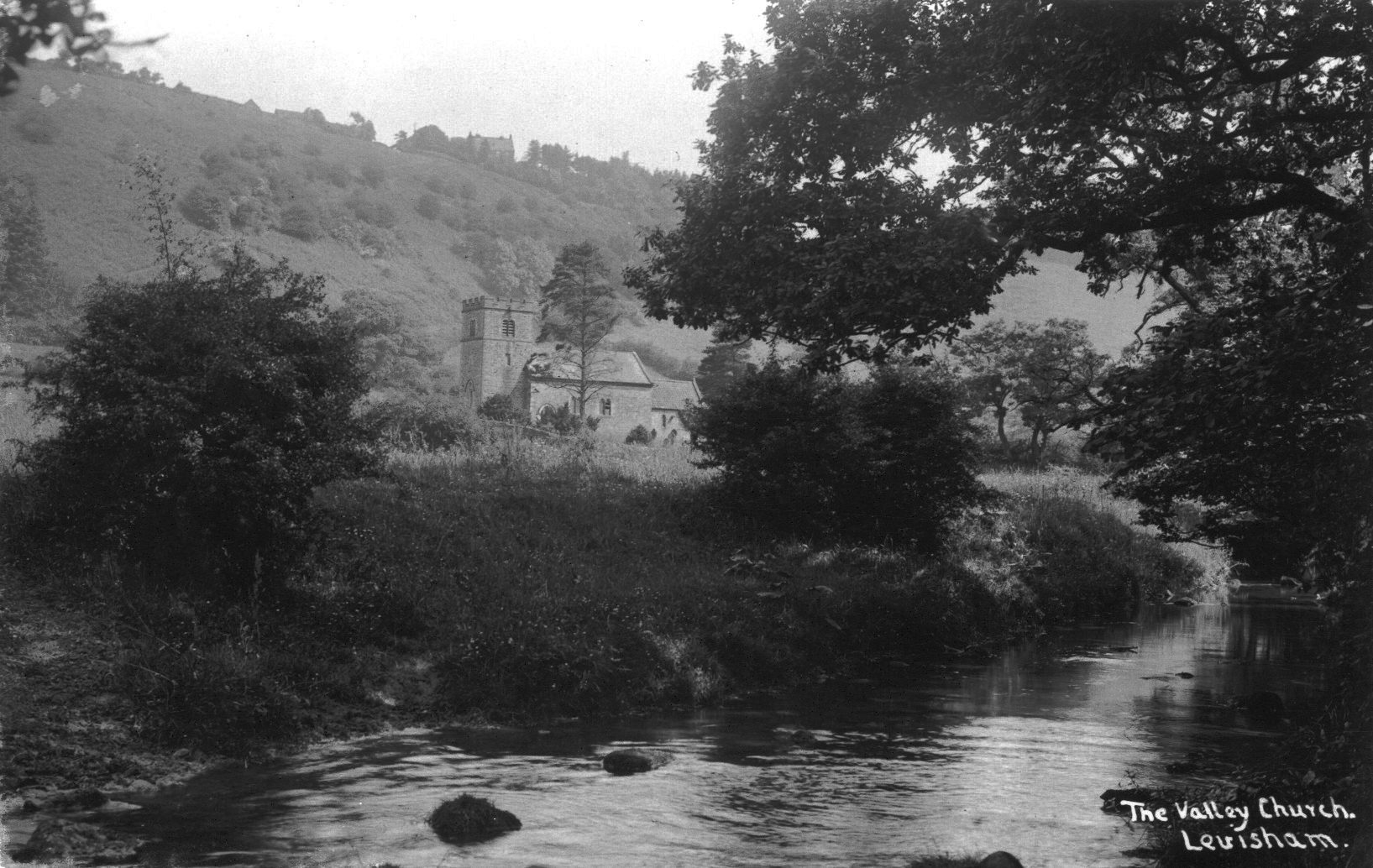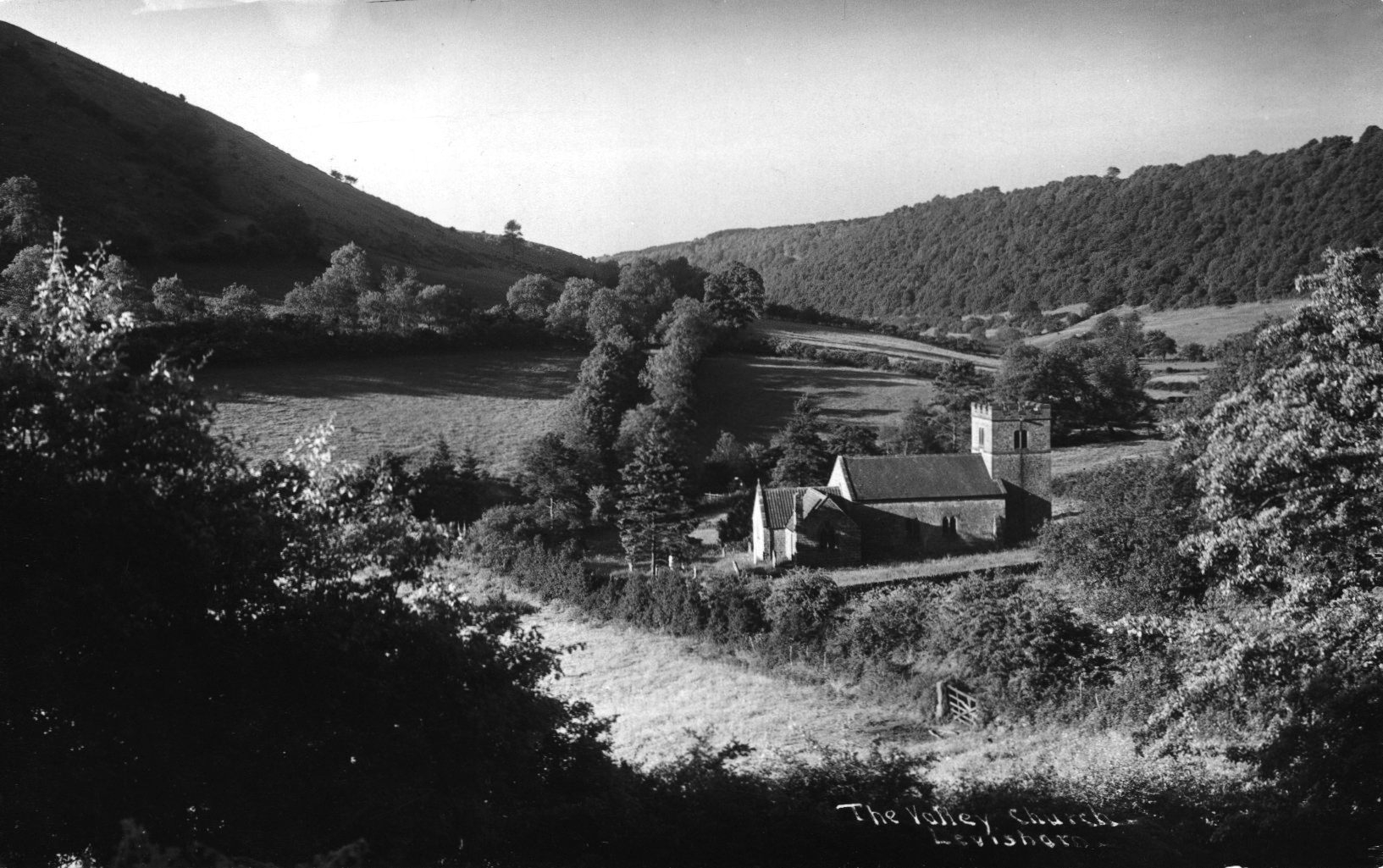It is some time since I last posted here so I thought I’d write a short item.
I have to state from the outset that I have never visited this church and it was only recently I discovered it even existed. As we are now in lockdown again I have had to postpone plans to go there. I may write an update to this once I have had chance to see it for myself.

As you may have gathered the church in question lies in a valley, that valley is a steep sided gorge between the villages of Lockton and Levisham, just to the north of Pickering. Anyone who has travelled between these two villages will be aware that the road is very steep, diving down into the valley from the north side of Lockton then immediately rising steeply, twisting, to arrive at the southern edge of Levisham. In the valley bottom, by the road, are a few buildings, an old flour mill, as the road crosses Levisham Beck. Having travelled this road many times I was surprised to find that just a few hundred metres to the west of the mill, hidden by the trees, is a church. A ruined church.
It is the Church of St Mary, Levisham. The record held by Historic England gives little information. It states it has an eleventh century chancel, part of which was rebuilt in the nineteenth century along with the nave and tower. There are a few features listed including some pieces of carved stone thought to be pre-conquest that have been included in the more recent walls.
The church appears to have been in regular use until the late nineteenth century, according to the web site of Pickering church the burial ground around it is still used. It was not formally abandoned for some time and the roof was repaired. The current church in the village was originally built as a chapel of ease and gradually took over the role of the church in the valley. The font in the current church may have originated in the valley church. A report in the Driffield Times in August 1937 states that the valley church was no longer in use in winter due to it being inaccessible.
There are conflicting ideas as to why this church is here. Some say it was a convenient location between the two villages but others suggest the original medieval village of Levisham lay near to the church on the valley floor. The church stands at a ford across Levisham beck and alongside a road known as Sleights Road which would have been a main route from Pickering north towards Whitby. It would make sense that a village once existed here and the church is now the only evidence for it. Historic England suggests that the village disappeared during the Black Death in the fourteenth century. According to an article in the Yorkshire Evening Post in 1926 local legend suggests it was never meant to be built there. It says that workmen tried to build it at the top of the hill at Levisham but each morning they found all their tools and supplies on the valley floor. Whether it was the wind or the devil they didn’t know but soon decided it was best to build the church in the valley.


There is nothing recorded on DEFRA’s MAGIC map suggesting there are any known remains of the village, but this doesn’t mean they don’t exist.
The church is interesting and enigmatic and deserves further study. When times are easier I will try to visit and explore the site for myself.
References

